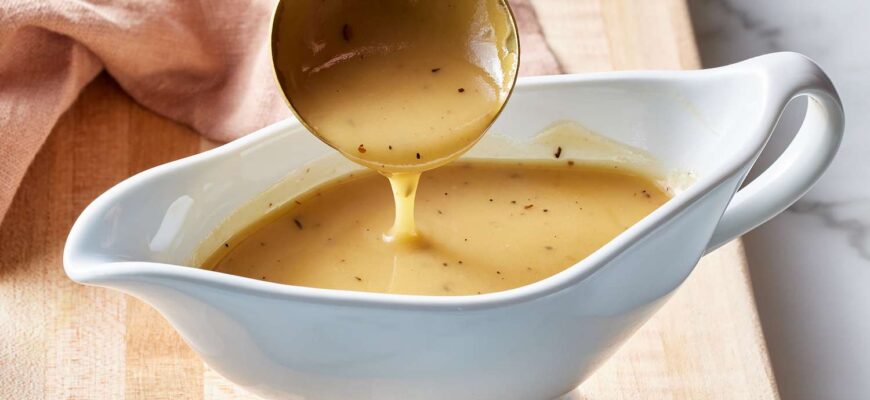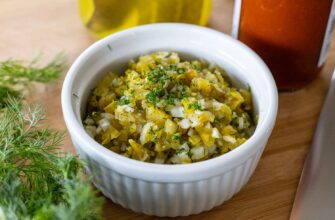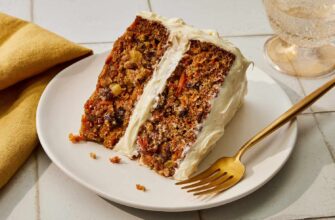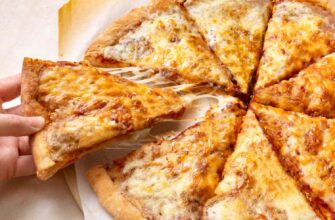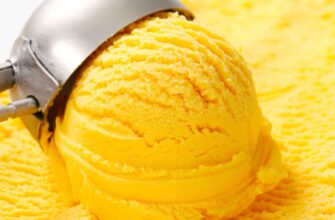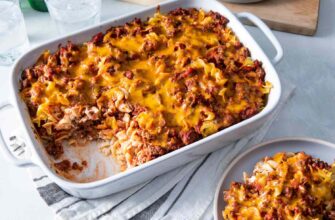Close
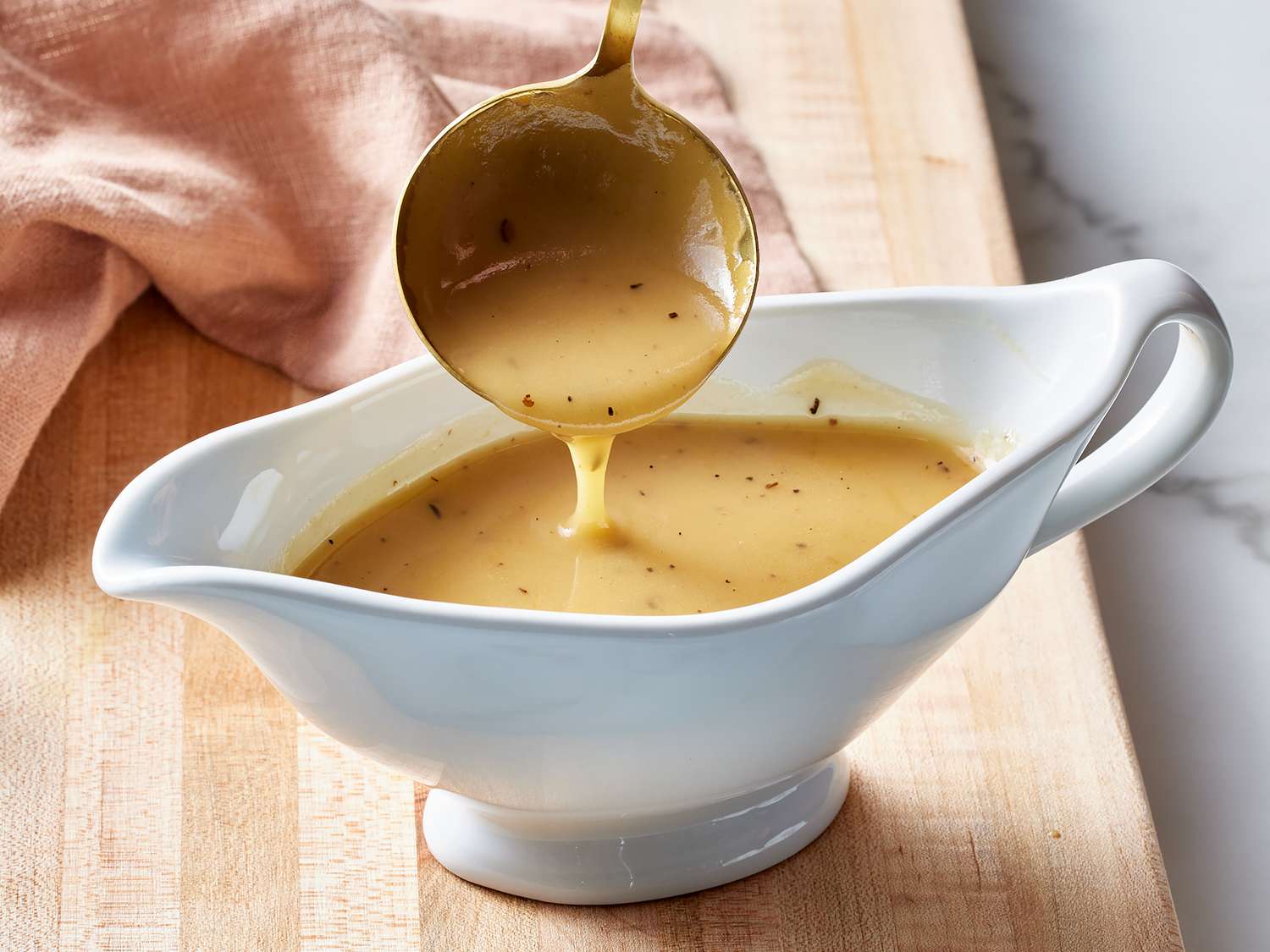
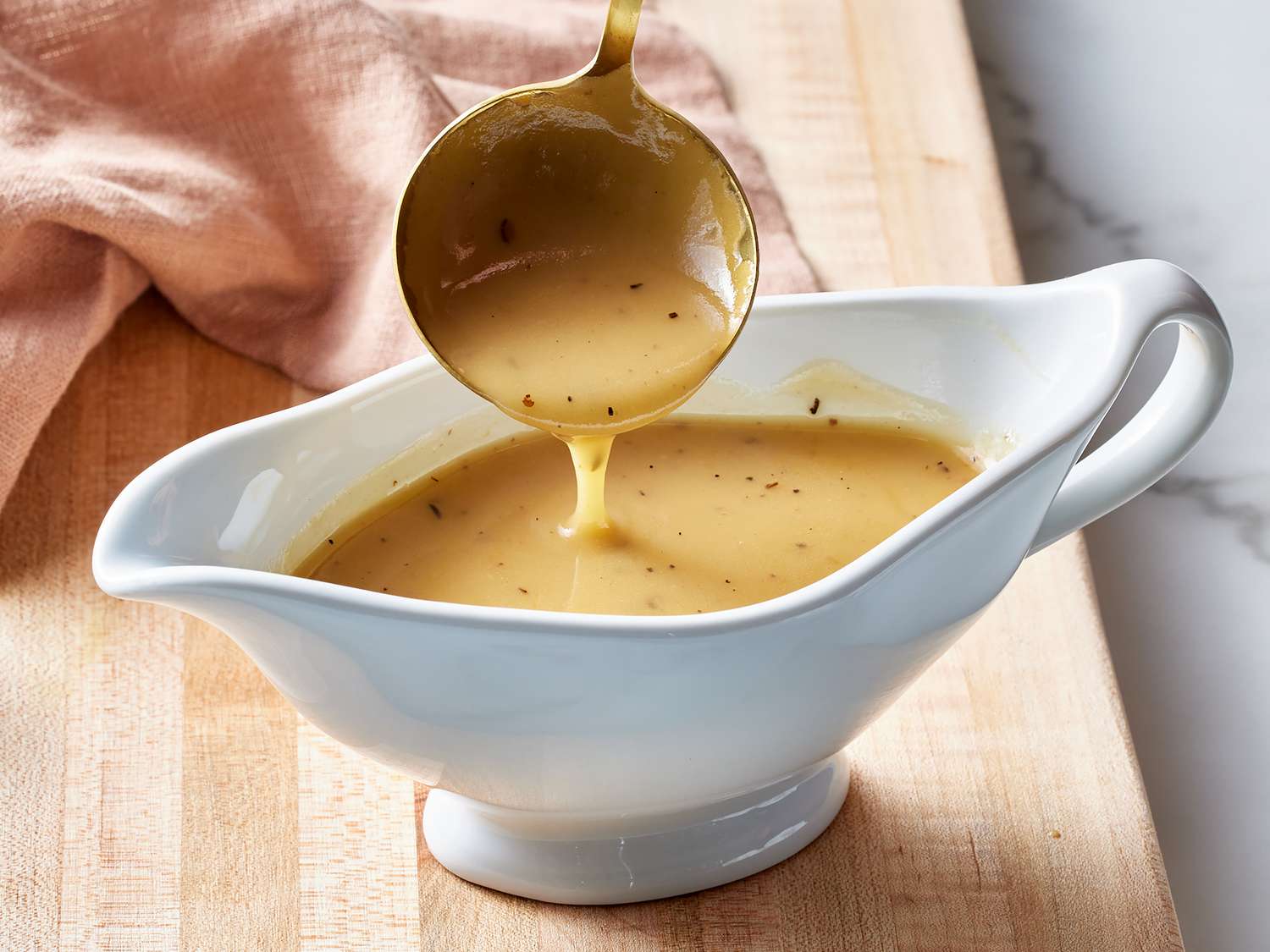
Photo:
Dotdash Meredith Food Studios
When people see my mom going to work over the stove, it’s safe to say they’re usually excited to eat whatever she’s bringing to life—even if they don’t know what it is just yet. She’s an incredible home cook with a special knack for combining flavors and using whatever ingredients she has on hand to create a delicious meal you never would expect. I’ve shared stories about my grandpa (her father) and his talent and intuition in the kitchen, and she’s proof that it’s genetic.
Yes, my mom is a seasoned rock star in the kitchen, but like every experienced home cook, she has her signature hits and specialties. You know, those nostalgic, mouth-watering dishes that taste, smell, and feel like the comfort of home. When it comes to my mom’s greatest hits, anyone who has ever tried her brown gravy would agree it’s at the very top of the list.
My Mom’s Go-To for Better Gravy
While she’s mastered the balance of flavor and understands how to work with drippings, fond, herbs, seasoning, and more, there’s one secret ingredient that my mom swears by when it comes to building a robust, luscious, and downright drool-worthy gravy.
Not enough people know about this, and what a game-changer it will be when added to your pantry arsenal: Wondra is my mom’s one-ingredient upgrade for achieving the richest, smoothest, and silkiest gravy you’ll ever taste. It’s dependable, budget-friendly, and works like a charm every single time. Add Wondra to your gravy recipe instead of all-purpose flour, and your hearty comfort meals will never be the same again.
What Is Wondra?
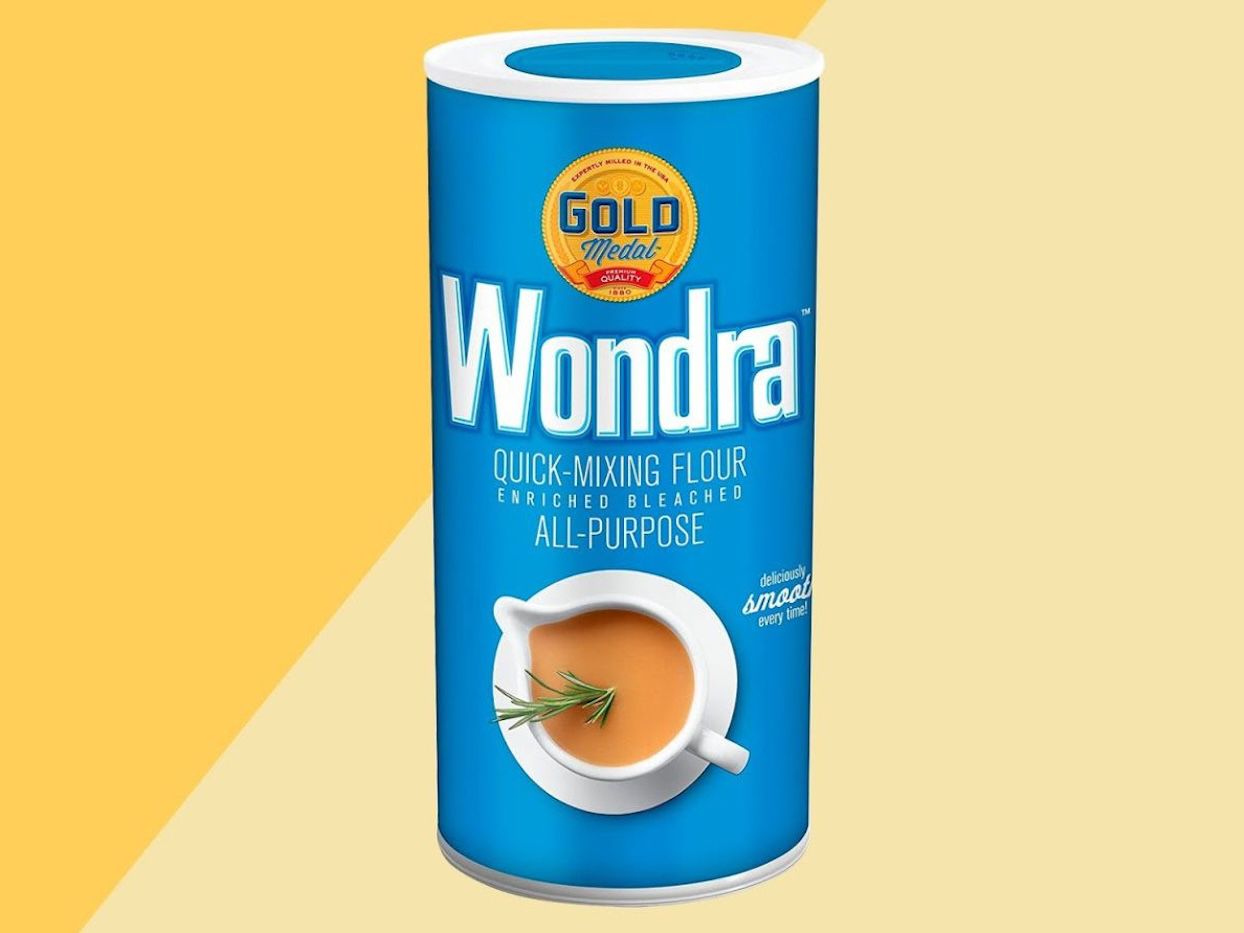
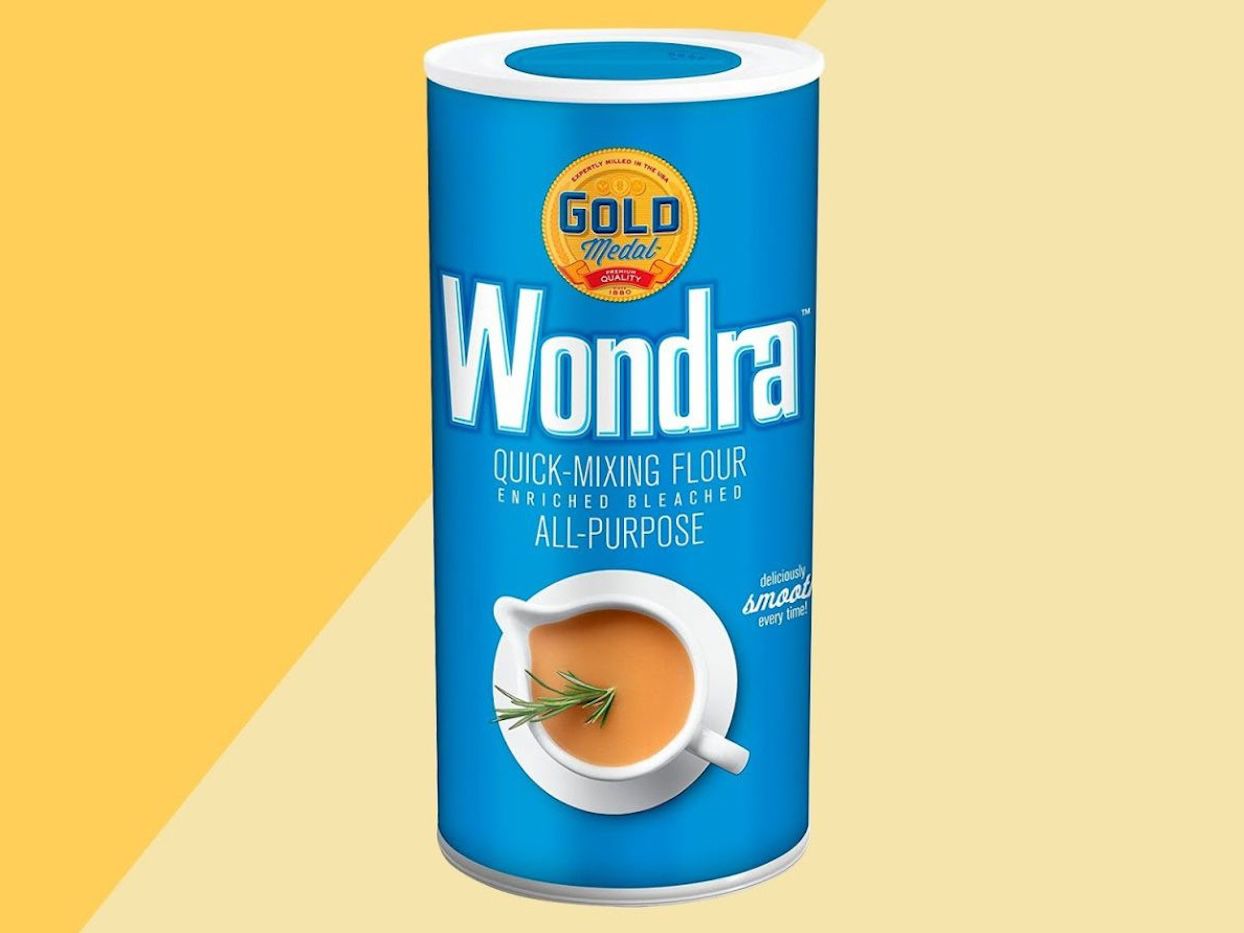
Meredith
Besides being your most supportive friend in the gravy game, Wondra is a very finely ground low-protein wheat flour from Gold Medal. It’s often called instant flour, meaning that it has been pre-cooked and dried so it will dissolve faster than regular flour. The magic about Wondra is that, unlike commonly used all-purpose flour, it doesn’t clump up when added to liquids and cooks much quicker. Because it’s low protein, it also won’t burn as easily. As a result, Wondra can make cooking quality gravies and sauces feel easier and far less intimidating. Wondra is far more forgiving and is a perfect “work as you go” ingredient. You can whisk more into your gravy as you build it and adjust the consistency as desired without the risk of it clumping or tasting like flour.
What's the Difference Between Wondra and Cornstarch?
Several people have asked my mom if they can use cornstarch instead of Wondra for cooking gravy. If you’re wondering, her answer is a gracious, yet hard no. She understands why it’s so commonly asked, since at first glance, cornstarch and Wondra seem to serve the same purpose: instant thickening. However, they have their differences.
First, cornstarch is made from corn, whereas Wondra is made from wheat flour. While Wondra can be added on its own to a hot liquid like sauce or gravy, cornstarch should be mixed with a liquid separately before it's cooked, creating something called a slurry. If you don’t do this, you run the risk of irreversible clumps and poor blending. If you typically use a cornstarch slurry and you’re looking to try your hand at Wondra, the formula is to use 1 1/2 teaspoons of Wondra for every tablespoon of cornstarch in your recipe.
Was this page helpful?
Thanks for your feedback!
Tell us why!
Other
Submit
